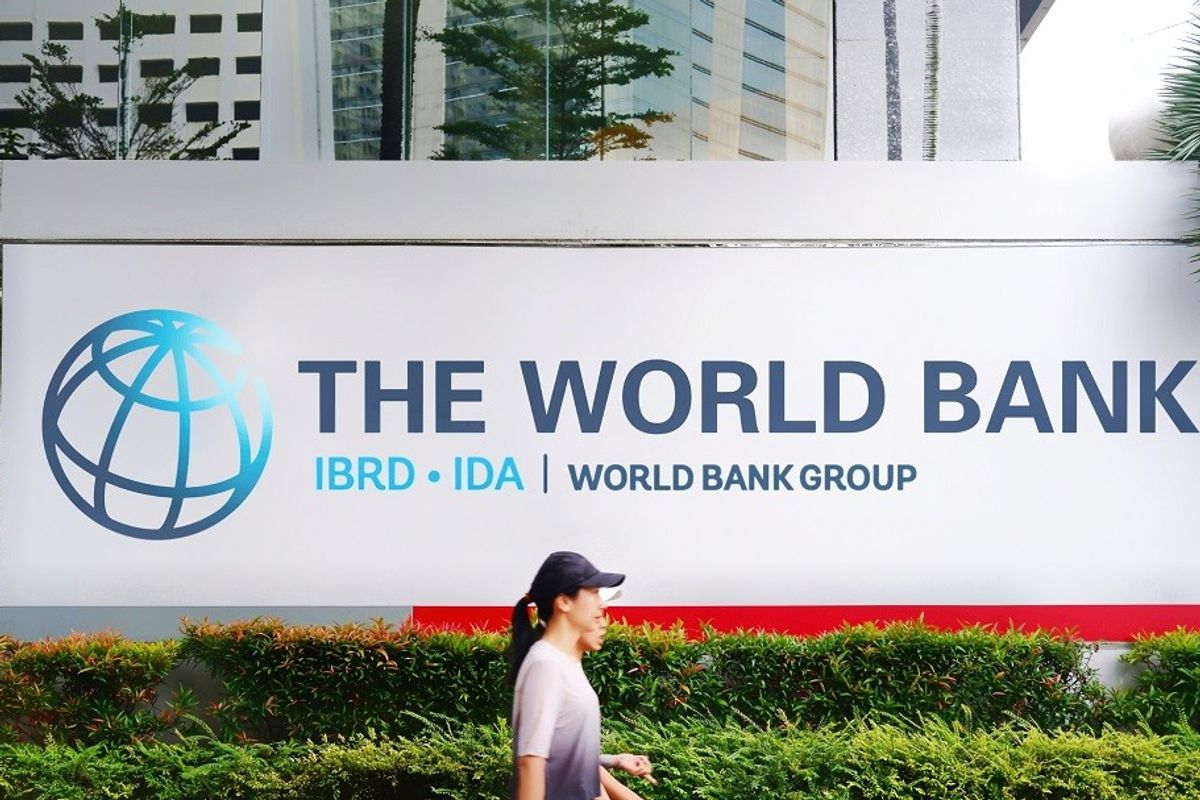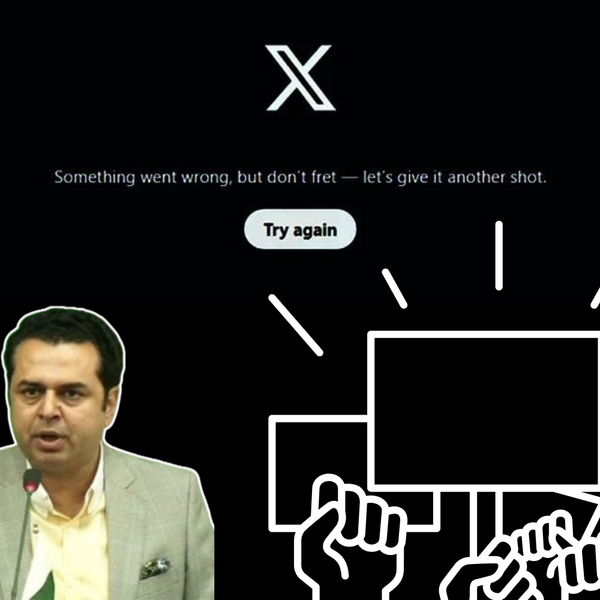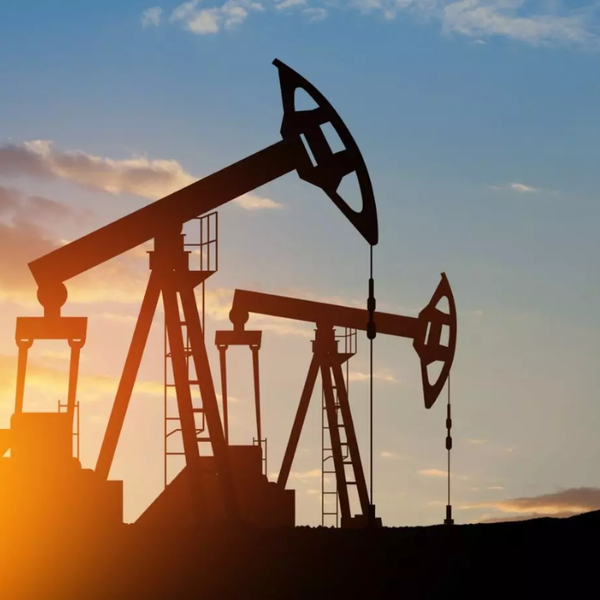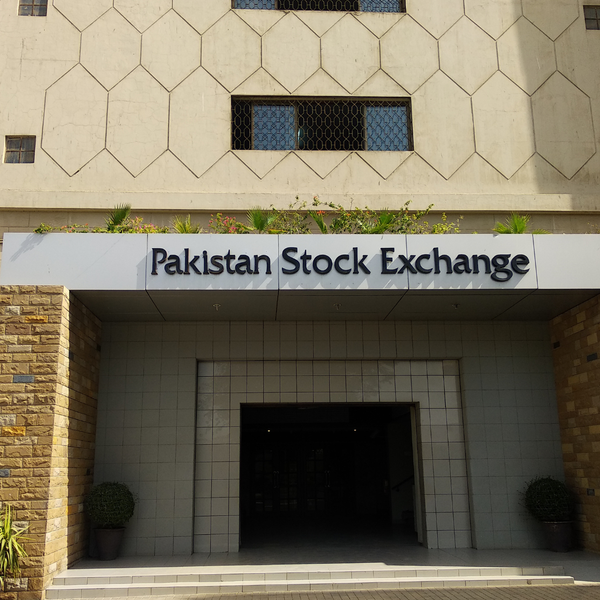World Bank flags Pakistan, Sri Lanka, Bangladesh for lowest tax collections
Informal economy, weak financial systems blamed for shortfalls
Business Desk
The Business Desk tracks economic trends, market movements, and business developments, offering analysis of both local and global financial news.

World Bank
Shutterstock
Pakistan, Sri Lanka and Bangladesh have the lowest overall revenue-to-GDP ratios in South Asia, with tax revenues significantly lagging behind other emerging market and developing economies (EMDEs) despite similar tax rates, according to a recent World Bank report.
The report found that tax revenues in these countries fall short of expectations due to structural issues, including large informal economies, underdeveloped financial systems, and heavy reliance on hard-to-tax sectors like agriculture.
In Bangladesh, Bhutan, Pakistan and Sri Lanka, tax revenues are lower than projected. Country-specific challenges account for about 25% of the shortfall in Bangladesh and Bhutan, and 33% in Pakistan and Sri Lanka.
Many workers in the informal economy do not pay taxes, and financial systems in some countries are not very strong. These problems make it harder for governments to collect personal income tax. As a result, Bhutan loses 50% of its expected tax revenue, Pakistan loses 33%, and Sri Lanka loses 25%.
Corporate income tax is also affected by these issues. In countries like Bangladesh, Pakistan, and Sri Lanka, agriculture plays a major role in the economy, but it is difficult to tax. Weak financial systems also contribute to tax collection problems, causing these countries to lose 50% of their expected corporate tax revenue.
Additionally, these same factors impact consumption tax collection. Pakistan and Sri Lanka both experience a 33% gap in the taxes they are supposed to collect on goods and services.
Over-Reliance on Consumption and Trade Taxes
Most South Asian countries, except Bhutan and Pakistan, rely more on consumption taxes (VAT, sales tax, excise) and trade taxes than the average EMDE. This dependence limits revenue potential and makes tax systems less equitable, as consumption taxes disproportionately affect lower-income groups.
According to World Bank, Pakistan and Sri Lanka have above-average consumption tax rates.
Corporate tax rates in most South Asian nations are higher than the EMDE average, while India’s personal income tax rate is also above the norm.
Despite these rates, South Asia faces persistent consumption tax shortfalls, particularly in Afghanistan, Bangladesh, Bhutan and Pakistan, where gaps exceed 4 percentage points of GDP.
Trade and Direct Tax Gaps
When accounting for para-tariffs (10-15%), estimated trade revenue shortfalls in India and Pakistan would double, though remaining below 1% of GDP.
Since 2020, Afghanistan, Bangladesh, Pakistan and Sri Lanka have seen direct tax revenue shortfalls between 1.4 to 2.6 percentage points of GDP, compared to the EMDE average of 0.8. These gaps are nearly evenly split between personal and corporate income taxes.
Pakistan has pledged to increase tax revenues by 4-5% of GDP, reform its energy sector, and adopt a more flexible exchange rate.
The World Bank identified key areas for improvement, including compliance risk management, faster tax dispute resolution, and better monitoring of inaccurate reporting.
Digital solutions, such as electronic VAT filing and computerized risk analysis, have already shown progress. In Pakistan, these measures cut refund claims by half and detected far more fraudulent claims than manual reviews.










Comments
See what people are discussing